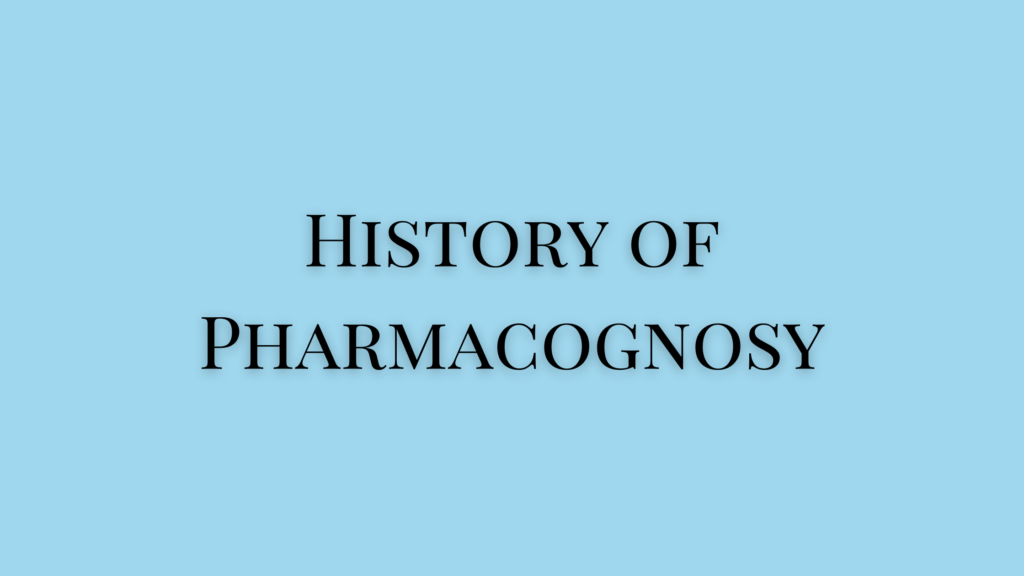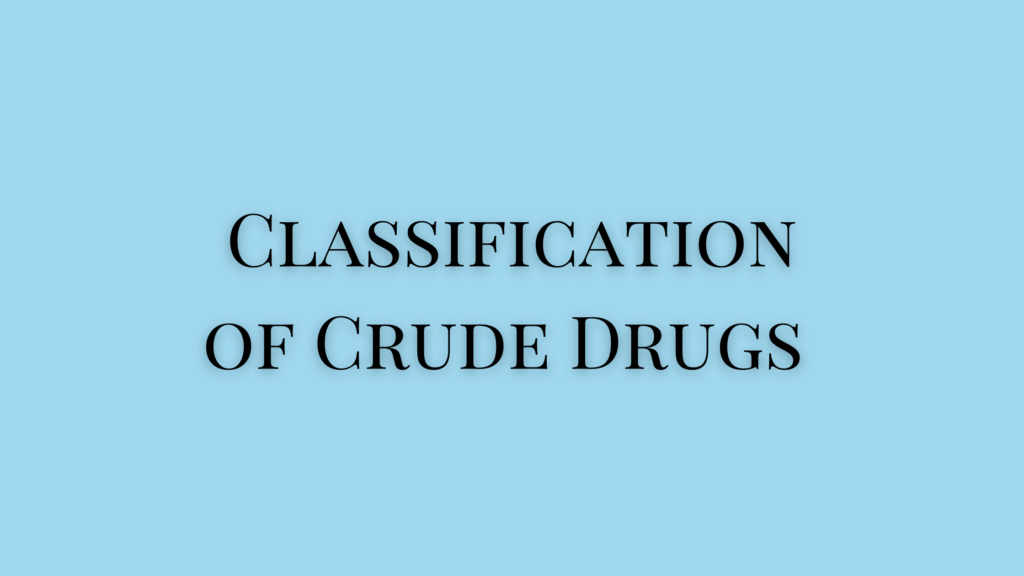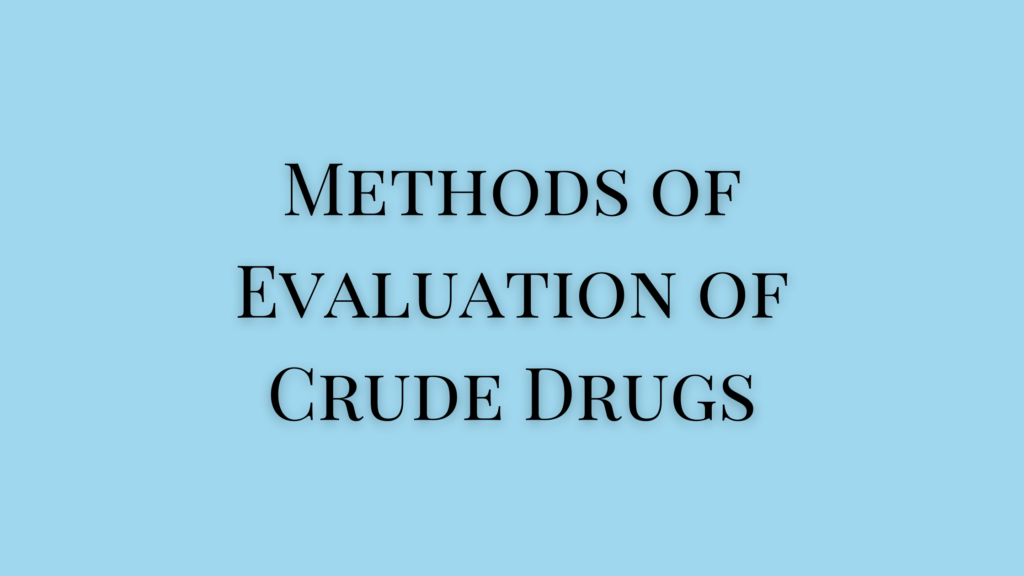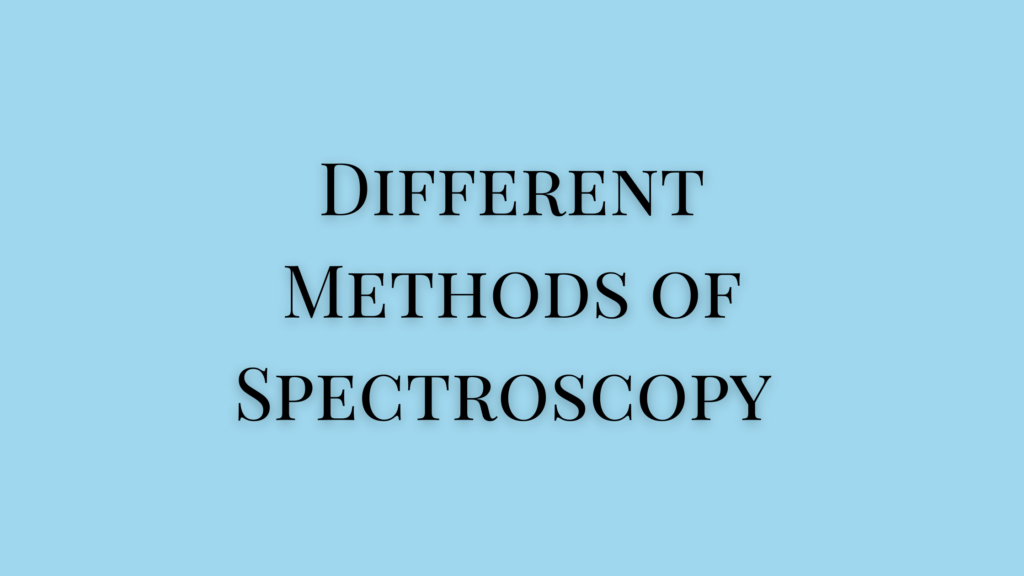The history of pharmacognosy starts from the ancient time. In 1811, physician J.A. Schmidt used the term Pharmacognosy in his book titled, Lehrbuch der materia medica. He used this term to describe the study of medicinal plants. Later in 1815, C.A. Seydler, a German medical student used this term in his thesis- Analectica Phrmacognostica.
The term pharmacognosy is derived from two Greek words, Pharmakon and Gignosco which means, medicine or drug and to gain knowledge of, respectively. Thus pharmacognosy is defined as the branch of bioscience that deals with the study of medicinal products and related items in crude or primary nature collected from different sources such as plants, animals, microbes, marine beings, or mineral sources.
Origin of Pharmacognosy
In ancient times, people used random plants as food. They deemed each food as edible, inedible, and harmful, according to the action it invokes or the lack of effects. Thus primitive man used the trial and error method to acquire knowledge about plants and their products.
They used plants with medicinal properties as decoctions and infusions. This knowledge was passed on from one generation to the next. They also added new expertise in this field. This trial and method study of natural medicine or drugs and their sources is called pharmacognosy.
History of Pharmacognosy
Ancient people may not have sophisticated tools to conduct in-depth studies. Still, their knowledge and expertise played an important role in the development of pharmacognosy as seen in modern times.
This work in pharmacognosy as we see it today has not come from a single part, area, or continent. Every part of the world and country has its history to tell.
Such a history of pharmacognosy was different in different countries. bygone civilizations of Assyrian, Babylonian, Indian, Chinese, Egyptian, Persian, etc, have contributed to this. Most of the modern formulations are based on traditional medicine from around the world.
Ancient India
Ayurveda is the traditional medicinal system in India from ancient times. It is based on Rigveda and Atharvaveda, both describing the use of medicinal plants. The word Ayur means life and Veda means study.
The earliest Ayurveda writings can be divided into two categories, major and minor.
- The major category includes Charaka Samhita, Susruta Samhita, and Ashtanga Hridayam Samhita.
- The minor category includes Sarngadhara Samhita, Bhava Prakasa Samhita, and Madhav Nidanam Samhita.
Charaka made 50 groups having 10 herbs each that could be used for common ailments.
Susrutha formulated over 760 herbs grouped in 7 sets. This was done according to their common properties.
Ancient China
Chinese medicine started with the emperor Shen Nung who penned down the recording of 365 drugs in his work Pen-tsao or Native Medicine. He documented several non-toxic, high food-grade herbs, mildly toxic ones, herbs having strong therapeutic effects, toxic herbs, etc.
Later inscriptions were found on oracle bones, silk banners, bamboo slips, etc, from the tomb of Ma-Huang-Tui. This information was later copied from books which later became the base of Chinese medicine.
- The chief manual of Chinese and Japanese medicine is Shang Hang Lun (Treatise on the Treatment of Acute Diseases Caused by Cold) written by Chung-Ching.
- From 960-1276 AD, during the Sung Dynasty, a pharmaceutical system became a standard practice. Thus the ingredients used for medicine must undergo some processing and preparation which will be different according to the disease.
- During the Ming Dynasty, the Pen-tsao-kang-mu was Published which consists of different types of drugs with drawings and prescriptions.
Ancient Egypt
- Ebers Papyrus is the most complete existing document in Egypt. The book consists of 800 prescriptions with over 700 drugs.
- The other popular medicinal book was Edwin Smith Papyrus in 1600 BC which had formulas for cosmetics and surgical instructions.
- Kahun Medical papyrus (1900 BC) is considered the oldest document that deals with women’s health and contains birthing instructions.
Ancient Greece and Rome
- Hippocrates- the father of medicine who lived in Greece during 460-370 BC
- Theophrastus, a student of Aristotle, wrote a book about the Plant Kingdom.
- Dioscordes described medicinal plants which include belladonna, colchium, ergot, opium, etc.
References
- https://viper.ac.in/images/naac/criteria-2/232_History_of_pharmacognosy.pdf
- https://gputtawar.edu.in/downloads/History%20and%20Scope%20of%20Pharmacognosy.pdf
- Shah, Biren N, Avinash Seth. (2010). Textbook of Pharmacognosy and Phytochemistry. Elsevier.




